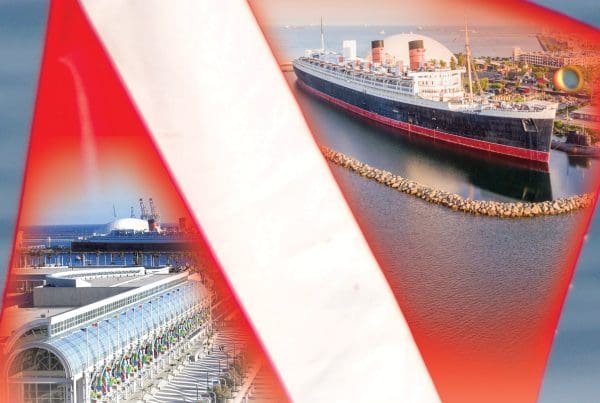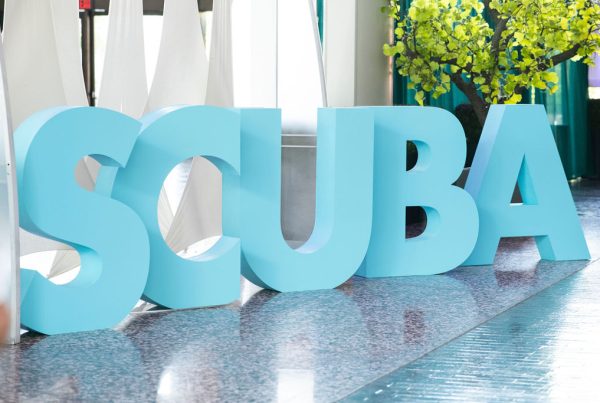The California Department of Fish and Game (DFG) is warning all consumers of California spiny lobster to eat only the tail meat until further notice. Elevated levels of domoic acid toxin have been found in the viscera of lobster sampled from waters adjacent to the northern Channel Islands. Elevated levels of the toxin have also been detected in recent samples of rock crab, and so this warning also extends to this species. The meat of the lobster and crab is not affected by the toxin, but all internal organs, including the roe, should be discarded.
Symptoms of domoic acid poisoning can occur within 30 minutes to 24 hours after eating toxic seafood. In mild cases, symptoms may include nausea or diarrhea, cramps, headache and dizziness. These symptoms typically disappear within several days, but in severe cases, the victim may experience life-threatening symptoms, or even death.
“DFG biologists are working with the Department of Public Health to increase the level of sampling for domoic acid along the coast,” said DFG Senior Invertebrate Specialist Kristine Barsky. “To date, there have been no known cases of poisoning. With this warning we want to ensure consumer safety, but not discourage people from enjoying these tasty crustaceans.”
Domoic acid is a naturally occurring toxin sometimes found in the microscopic marine algae that small fish, clams, and mussels eat. Crabs and lobsters feed on these animals and concentrate the toxin in their organs. The algal blooms can come and go quickly, so it’s difficult to determine exactly when and where they are present. Thus, this warning applies to all lobster and rock crab harvested in southern California.
As soon as domoic acid toxin is no longer detected in samples, DFG will issue another news release. In the meantime, check DFG’s website at www.dfg.ca.gov/marine/healthadvisory.asp for updates and more information on this situation










